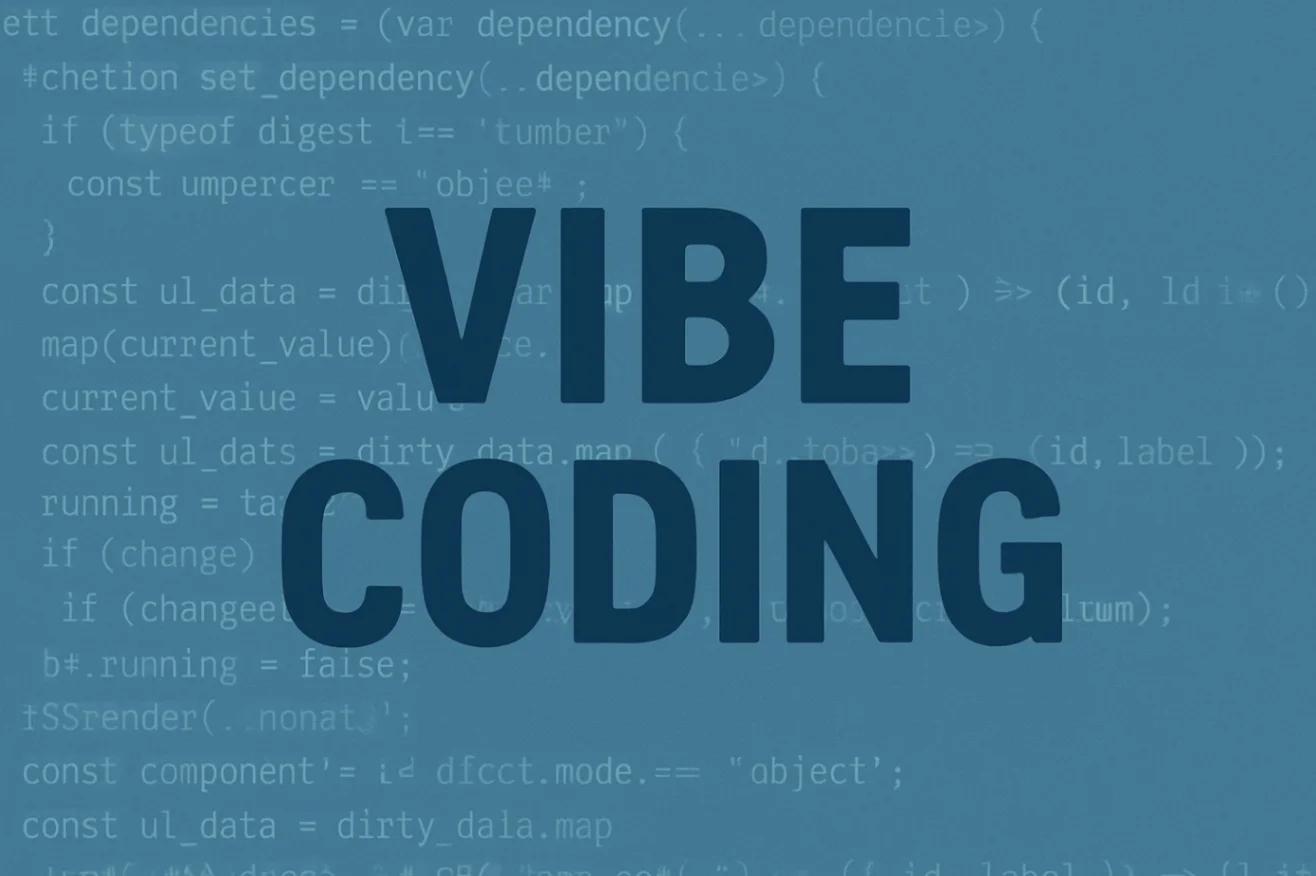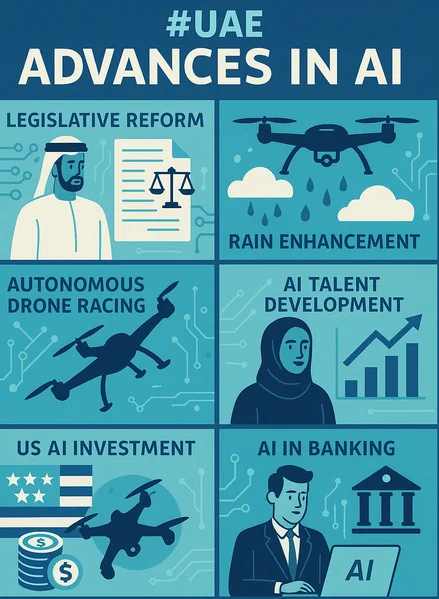
Vibe Coding!!
What is vibe coding from a simple point of view!

Revolutionizing Flutter Applications: AI Chatbots as Backend Solutions
In the rapidly evolving world of mobile application development, Flutter has emerged as a powerful framework for building cross-platform applications. Traditionally, developers rely on backend services to handle data processing, storage, and user interactions. However, the advent of AI chatbots, such as Google's Gemini, is challenging this norm by offering a new way to power Flutter applications. This article explores how AI chatbots can serve as a backend for Flutter applications, potentially replacing traditional backend solutions.
1. Introduction to AI Chatbots and Flutter
Flutter is an open-source UI software development kit created by Google. It allows developers to build natively compiled applications for mobile, web, and desktop from a single codebase. On the other hand, AI chatbots like Google's Gemini are advanced AI models capable of understanding and generating human-like text. These chatbots can process natural language inputs and provide intelligent responses, making them ideal for handling user interactions.
2. Benefits of Using AI Chatbots as Backend
Enhanced User Experience: AI chatbots can provide real-time, personalized interactions with users. This can significantly enhance user experience by offering instant responses and tailored content. For example, a chatbot can handle customer queries, provide product recommendations, and even assist with transactions.
Scalability and Flexibility: Traditional backends often require significant infrastructure and maintenance to handle scaling. AI chatbots, on the other hand, can scale more easily and adapt to changing user demands. They can handle multiple conversations simultaneously without compromising performance.
Cost-Effective: Implementing and maintaining traditional backend systems can be expensive. AI chatbots can reduce these costs by providing a more streamlined and efficient solution. They require less infrastructure and can be integrated more easily into existing systems.
Faster Development: Integrating an AI chatbot into a Flutter application can be faster than setting up a traditional backend. Developers can focus more on the frontend experience, knowing that the chatbot can handle backend logic and interactions.
3. Integration of AI Chatbots with Flutter
API Integration: One of the most straightforward ways to integrate an AI chatbot with a Flutter application is through APIs. Platforms like Google's Gemini offer APIs that allow Flutter apps to send and receive data. Developers can use these APIs to connect their Flutter app with the chatbot, enabling seamless communication.
Real-Time Communication: Flutter apps can leverage WebSockets or other real-time communication protocols to interact with AI chatbots. This ensures that users receive instant responses, enhancing the overall user experience.
Data Handling: AI chatbots can handle data processing and storage. For example, they can store user preferences, transaction histories, and other relevant data. This reduces the need for a separate database and simplifies the application architecture.
4. Use Cases and Examples
Customer Support: AI chatbots can serve as virtual assistants, handling customer queries and providing support 24/7. This can reduce the workload on human support teams and improve response times.
Personalized Recommendations: Chatbots can analyze user behavior and preferences to provide personalized product recommendations. This can increase user engagement and drive sales.
Transactional Assistance: AI chatbots can guide users through transactions, providing step-by-step instructions and handling payment processing. This can simplify the checkout process and reduce cart abandonment rates.
5. Challenges and Considerations
Security and Privacy: Handling sensitive data through AI chatbots requires robust security measures. Developers must ensure that user data is encrypted and stored securely.
Complexity Management: While AI chatbots can simplify many backend tasks, they can also introduce new complexities. Developers need to manage these complexities carefully to ensure smooth operation.
Regulatory Compliance: Depending on the nature of the application, developers may need to comply with various regulations, such as GDPR or CCPA. This requires careful planning and implementation to avoid legal issues.
6. Conclusion
AI chatbots like Google's Gemini offer a promising alternative to traditional backend solutions for Flutter applications. They can enhance user experience, provide scalability, and reduce costs. By integrating AI chatbots into their Flutter apps, developers can focus more on creating engaging frontend experiences while leveraging the power of AI for backend logic and interactions. However, developers must also address challenges related to security, complexity, and regulatory compliance. With careful planning and implementation, AI chatbots can revolutionize the way Flutter applications are built and operated, paving the way for a more efficient and user-centric future.

What is vibe coding from a simple point of view!

A quick update on RunAILocal and what we're looking to do!

The UAE is accelerating AI adoption, streamlining lawmaking, enhancing rain through cloud seeding, promoting autonomous drone racing, developing Emirati AI talent, investing $1.4T in US AI technology, and integrating AI in banking via regional innovation events.
Comments (1)
Joudi
I learned a lot from this, thanks for sharing!
Please log in to comment.